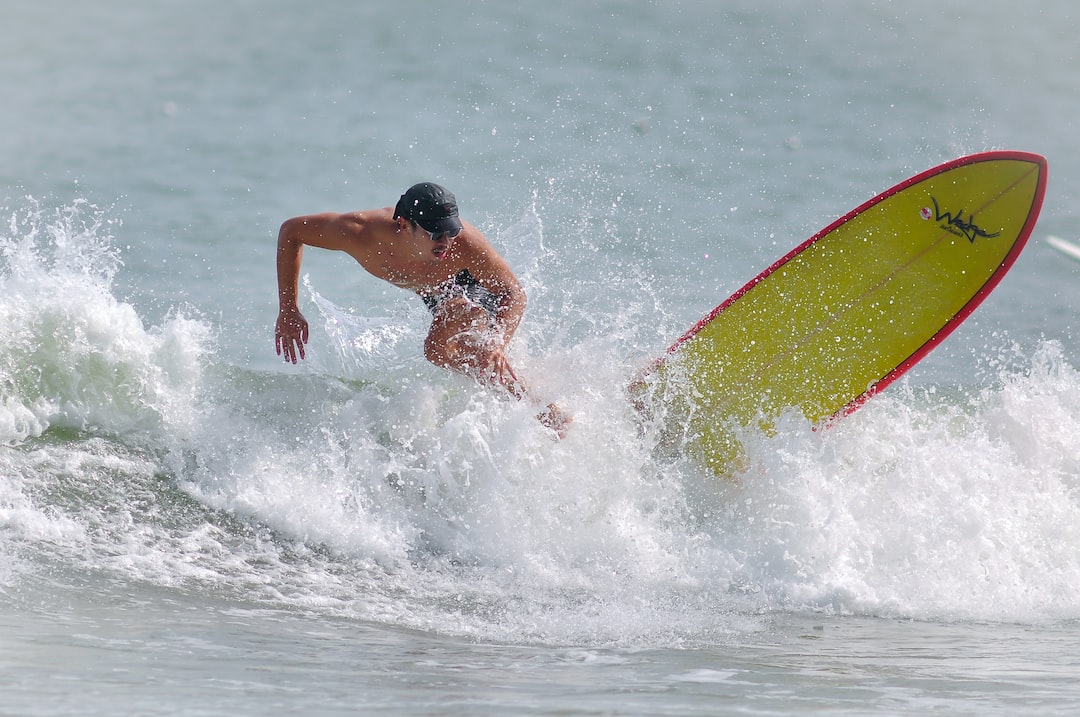The Importance of Warm-up and Cool-down Exercises in Athletics
Athletics is a demanding sport that requires both physical and mental stamina. To excel in this field, athletes must push their bodies to the limit and go beyond their perceived limitations. In order to achieve this, it is crucial for athletes to incorporate warm-up and cool-down exercises into their training regimen.
Warm-up exercises are essential before engaging in any strenuous physical activity. These exercises help prepare the body for intense movement and reduce the risk of injury. The warm-up routine typically consists of dynamic stretches and light cardio exercises, such as jogging or jumping jacks. These activities increase the heart rate and circulation, warming up the muscles and joints.
The primary purpose of warm-up exercises is to gradually raise the body’s temperature. This increase in temperature leads to improved muscle elasticity, allowing for greater flexibility and range of motion. In addition, warm-up exercises stimulate the production of synovial fluid, which lubricates the joints and reduces friction during movement. By lubricating the joints, athletes can minimize the risk of strains or sprains.
Moreover, warm-up exercises also mentally prepare athletes for the upcoming physical activity. They help shift the mind from a sedentary state to an active one. The routine serves as a transition period that allows athletes to focus their attention, improve their concentration, and build up their confidence. This mental readiness is crucial in order to perform at the highest level during competition.
On the other hand, cool-down exercises are just as important as warm-up exercises. These exercises help bring the body back to a pre-exercise state and aid in the recovery process. Cool-down exercises involve low-intensity cardio exercises and static stretches, such as walking or gentle yoga poses. They allow the body to gradually return to its resting state, preventing blood pooling in the muscles.
One major benefit of cool-down exercises is the removal of lactic acid from muscles. Lactic acid builds up during intense physical activity, causing fatigue and muscle soreness. Cool-down exercises help flush out this waste product, reducing the risk of muscle stiffness and promoting faster recovery. Additionally, cooling down after exercise helps regulate the heart rate and prevent dizziness or fainting.
Incorporating cool-down exercises also aids in injury prevention. After intense physical activity, the body’s muscles and joints are vulnerable. The muscles are fatigued and the joints are under strain. By gradually reducing the intensity of exercise through cool-down exercises, athletes allow the body to recover in a safe and controlled manner. This reduces the risk of post-exercise injuries, such as muscle strains or joint sprains.
In conclusion, warm-up and cool-down exercises are of utmost importance in athletics. These routines serve to prepare the body for intense physical activity and aid in the recovery process. Warm-up exercises increase muscle elasticity and mental readiness, reducing the risk of injury and enhancing performance. On the other hand, cool-down exercises aid in the removal of lactic acid and promote faster recovery, as well as prevent post-exercise injuries. By incorporating these exercises into their training, athletes can maximize their potential and achieve optimal performance while minimizing the risk of injury. Whether you are a professional athlete or a recreational sports enthusiast, always remember to prioritize warm-up and cool-down exercises in your athletic routine for a successful and injury-free experience.
